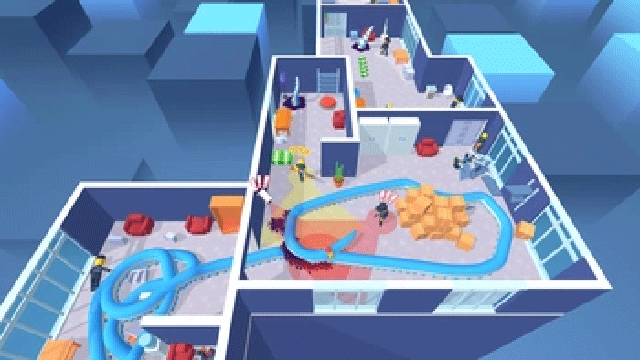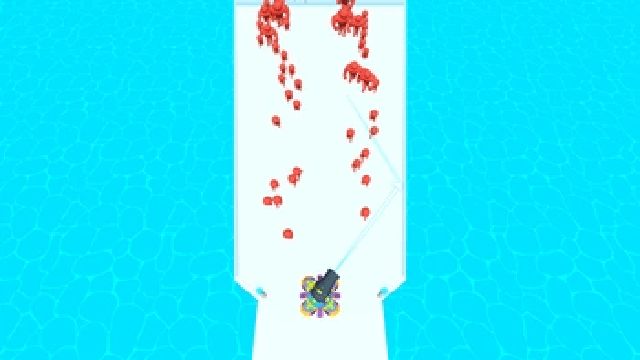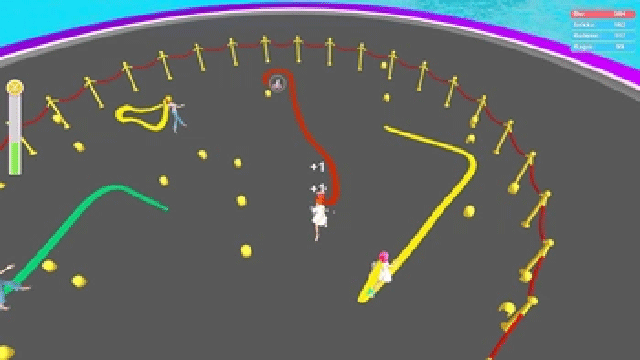Get your dog used to spending some alone time without ruining furniture or crying help the minute you leave the house. Try these effective dog separation anxiety solutions.
You’re no doubt proud of the unbreakable connection between you and your dog. You’re used to them frantically waggling their tail just because they’re happy to see you. You notice them dutifully following everywhere as if knowing you’re safe is their only life mission. But this close bond needs to be loosened from time to time. You know this. Your dog likely does not. This is why a very mundane night out with friends for you can turn into a dramatic few hours for your dog who doesn’t understand where you’ve gone or whether you will ever come back.
Separation anxiety in dogs is a common problem many dog owners have to learn how to solve. Find out what are the symptoms and how you can help your dog keep calm when you’re not there.
What is separation anxiety in dogs?
Dog separation anxiety is a condition in which dogs show signs of distress when they are left alone. It can affect dogs of all ages and breeds.
What are the symptoms of dog separation anxiety?
You are likely to find out the hard way that your dog is anxious being left alone - damaged carpets, claw marks on your favourite couch and neighbours telling you about the endless howling sounds your dog subjected them to in your absence.
Unfortunately, some owners think these are just signs of a mischievous dog when in reality their pet is in distress, not knowing how to cope with an empty house.
These are some common signs of separation anxiety in dogs:
- Panting.
- Pacing.
- Attempts to escape the house.
- Damaged furniture.
- Relieving themselves inside the house.
- Barking or howling.
- Extreme excitement when the owners are back.
Why are some dogs experiencing separation anxiety?
Before we get to the dog separation anxiety solutions, it’s useful to look at the causes for such a distress. These can be varied from early abandonment all the way to genetics.






















